People have systematically prevented the most revolutionary ideas from reaching the public, removing countless inventions with world-changing potential from history. Baby cages hanging from apartment windows, military flying saucers, and electricity-infused drinking water exist in this forbidden category. Their stories expose the complex forces that determine which innovations survive.
These rejected inventions reveal more about society than our accepted technologies ever could.
13. WATER-POWERED CAR

Imagine filling your tank with tap water instead of gasoline—Stanley Meyer claimed his controversial invention made this possible. His extraordinary design allegedly used a “fuel cell” to split water into hydrogen and oxygen, promising to power a vehicle for 180 km on just 4 liters of water. His invention offered a zero-emission alternative using an abundant resource.
Scientists wasted no time debunking the concept. Physics experts pointed out that the design violated fundamental thermodynamic laws, and there was no verifiable evidence of functionality. Meyer soon faced legal troubles and fraud allegations that further undermined his credibility.
Despite generating significant media coverage and public interest, the water-powered car concept failed basic scientific scrutiny. Conspiracy theorists continue to suggest oil companies suppressed the technology, but the simpler explanation prevails: it never actually worked.
12. PORTABLE BABY CAGE

Cramped city apartments left no outdoor play space for infants until the portable baby cage offered a terrifying solution. Patented by Emma Read of Spokane, Washington, in 1922, these wire enclosures attached to window frames dangling infants several stories above the ground for “fresh air.” Each cage measured roughly 3 feet long, 2 feet high, and 2 feet wide—just enough space for a baby to play suspended outside a window.
Parents in dense metropolitan areas like London and New York genuinely embraced this bizarre solution, believing outdoor exposure would improve their children’s health despite the obvious risks. The dangers quickly became apparent: wind gusts, falling debris, air pollution, and catastrophic falls threatened babies’ safety. Child welfare advocates condemned the contraptions as death traps. City officials eventually developed stricter safety standards, forcing these dangerous devices from the market by the 1940s.
11. WILLIAMS X-JET
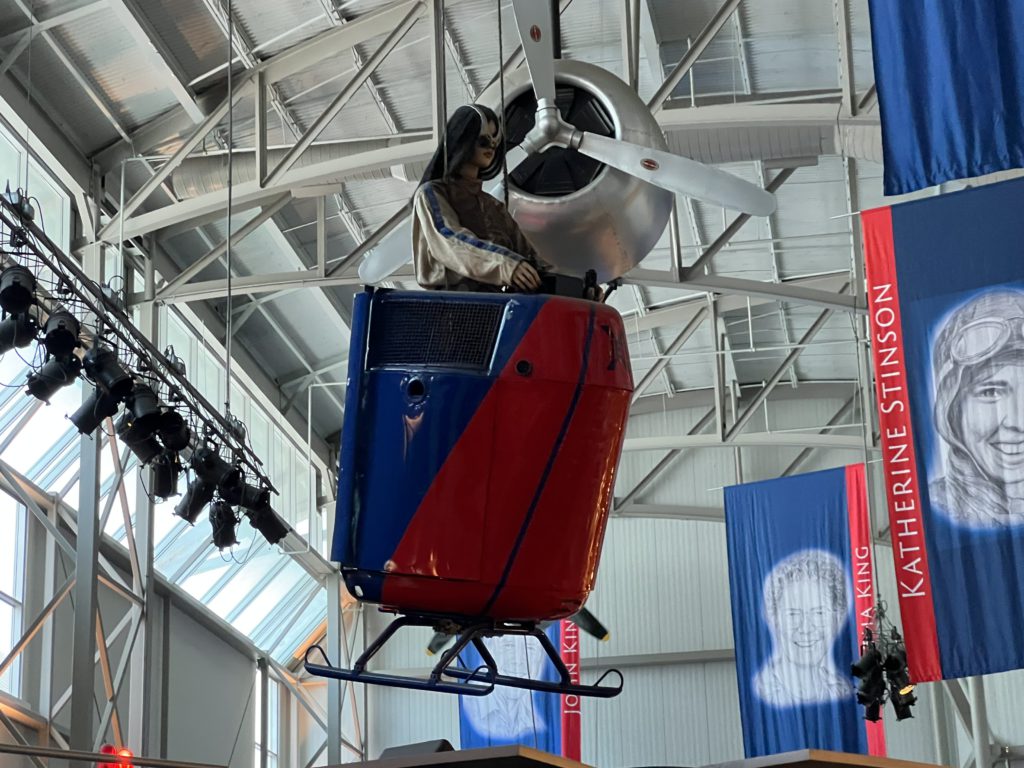
The Williams X-Jet nearly revolutionized personal transportation with its 60 mph hovering capabilities and intuitive body-controlled flight system. This single-person vertical takeoff and landing (VTOL) aircraft used a modified Williams F107 turbofan engine to stay airborne for up to 45 minutes, presenting exciting possibilities for military reconnaissance and urban mobility.
Military testing exposed fatal flaws in the concept. The U.S. Army evaluated the prototype but discovered helicopters outperformed it in every practical measure. Excessive fuel consumption, severely limited range, and noise levels unsuitable for urban environments doomed the project.
After investing approximately $6 million in development during the 1980s, officials abandoned the program. Though the personal jetpack dream crashed, the X-Jet did influence subsequent VTOL design concepts.
10. THE AVROCAR
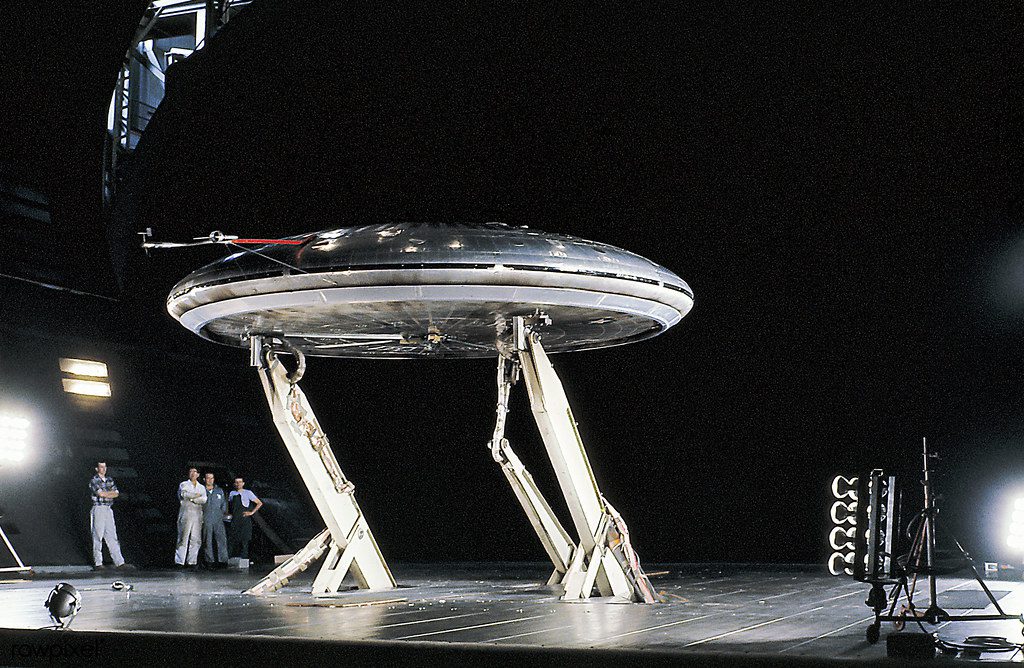
The AVROCAR is the U.S. military’s most ambitious attempt to create a real-life flying saucer during Cold War competition. This disc-shaped aircraft measured 18 feet in diameter and drew power from three Continental J69-T-9 jet engines. The joint Army and Air Force project attempted to harness the Coandă effect for lift and propulsion, aiming to create a revolutionary high-speed reconnaissance craft.
Flight tests revealed an embarrassing reality. Test pilots couldn’t push the prototype beyond 35 mph, and the vehicle suffered persistent stability problems, excessive fuel consumption, and frequent control losses. Military officials finally admitted defeat in 1961 after pouring $10 million into development.
While a spectacular operational failure, the AVROCAR contributed valuable data to VTOL technology advancement and remains an iconic example of ambitious aerospace experimentation. Even as some technologies fail, others push the boundaries of innovation and reshape the future of transportation and exploration.
9. SUPER SWIMSUITS
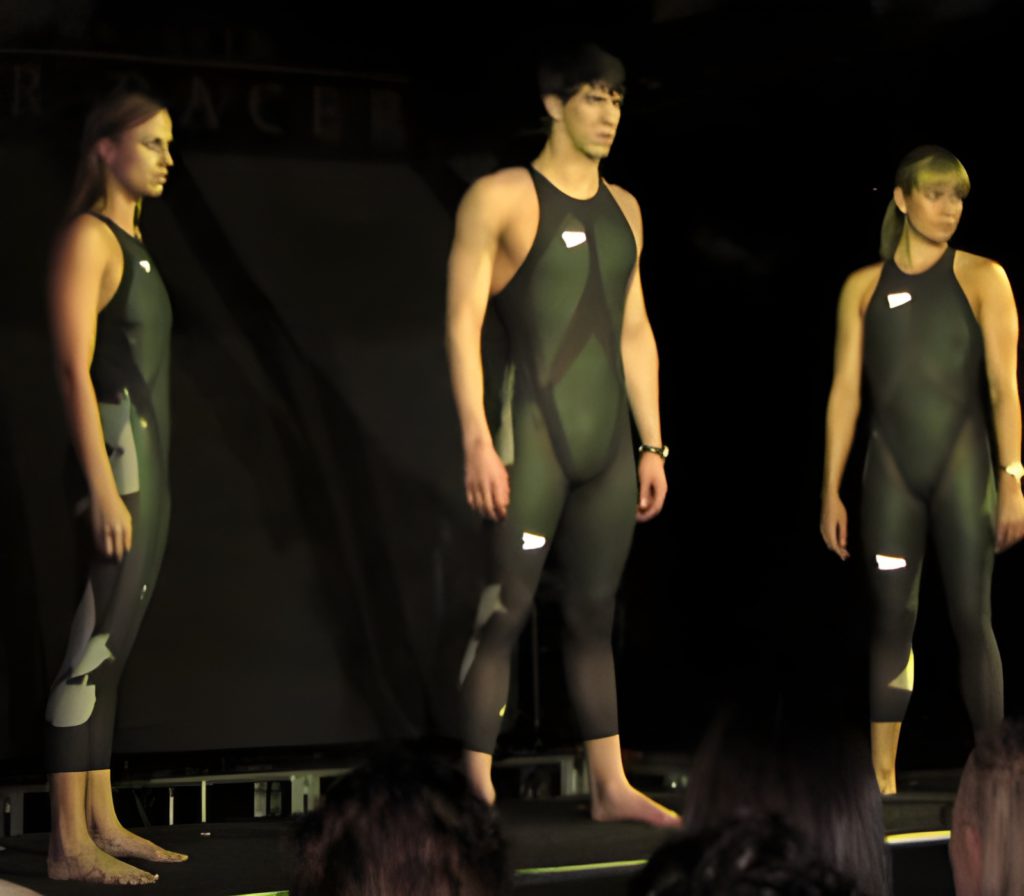
Polyurethane-infused swimwear reduced water resistance by 24% while compressing muscles, shattering 130 world records before authorities intervened. The Speedo LZR Racer and similar designs enhanced buoyancy, optimized body position in water, and minimized fatigue through muscle compression. Athletes wearing these high-tech garments dominated the 2008 Beijing Olympics, capturing 94% of swimming gold medals.
Each suit cost approximately $500, creating immediate disparities between competitors who could afford them and those who couldn’t. The performance advantage proved so dramatic that FINA (International Swimming Federation) recognized the fundamental threat to competitive fairness and banned the suits in 2010, forcing the sport back to athletic ability rather than technological advantage.
The super swimsuit era sparked enduring debates about where to draw the line between innovation and unfair advantage in sports.
8. STICKUM

If you struggled to catch footballs in the 1970s, Stickum promised superhuman grip until the NFL recognized its threat to fair competition. Available as spray, paste, or powder, this adhesive substance dramatically improved ball control for receivers and defensive players. Raiders cornerback Lester Hayes earned notoriety as the substance’s most devoted user, reportedly applying up to three tubes per game and transforming himself into a human flypaper.
NFL officials gradually recognized how Stickum undermined fair competition. The substance created inconsistent playing conditions, left residue affecting ball handling, and proved nearly impossible to regulate equitably. The league finally banned it in 1981 under the name “stickum rule.”
Players could no longer rely on chemical assistance for spectacular catches, returning the focus to genuine skill development. Stickum’s rise and fall continue to inform conversations about legitimate performance enhancement in professional sports.
7. TESLA’S DEATH RAY
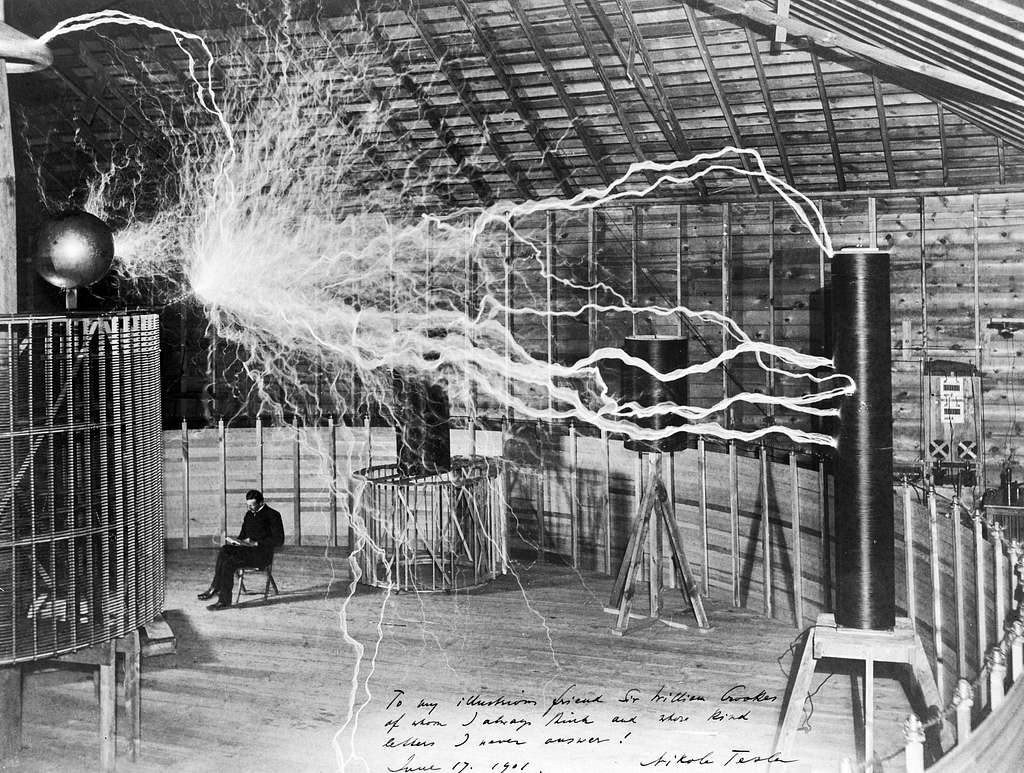
Nikola Tesla envisioned a particle beam weapon capable of generating intense targeted energy with a theoretical range of numerous miles. He conceptualized it as a defensive weapon to end all wars, spending years refining the idea and claiming it would revolutionize warfare. Tesla estimated development costs at $25,000 (early 1900s value) but faced technological limitations of the early 20th century.
Despite his efforts, Tesla never produced a functional prototype. The concept raised significant ethical and security concerns. Some believe stolen blueprints contributed to security issues, while others argue that the technology remained theoretical. Tesla’s broader work on wireless energy transmission influenced later research in directed-energy weapons, but the “Death Ray” itself became more myth than reality and continues to inspire science fiction and conspiracy theories.
6. ELECTRIFIED WATER

Could running electricity through drinking water cure disease and boost vitality? Early 20th-century consumers paid handsomely for it. Various devices emerged claiming to infuse drinking water with electrical charges, promising everything from hangover cures to disease prevention. One particularly bold marketing claim suggested electrified water contained 500% more “life force” than ordinary water.
Simple electrolysis devices allowed widespread home production of this pseudoscientific treatment. The concept appealed to consumers seeking alternative health remedies, but the scientific investigation found zero evidence supporting any health benefits. Medical experts identified potential hazards from impurities and altered pH levels.
The public gradually recognized the deceptive nature of these products as scientific literacy improved. Electrified water eventually joined countless other debunked health fads, though similar pseudoscientific claims continue appearing in new guises today.
5. JEFF GORDON’S T-REX RACE CAR
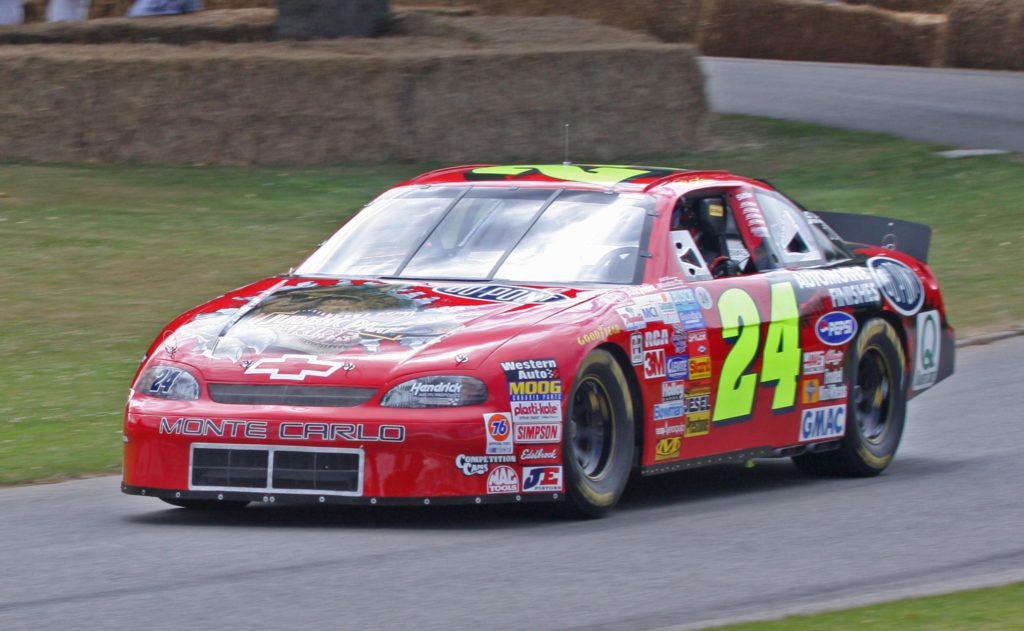
The T-Rex race car dominated NASCAR in its 1997 appearance, and officials immediately changed the rules to prevent its return. This custom-built Chevrolet Monte Carlo—named after Chassis Engineer Rex Stump—exploited rulebook loopholes to create unprecedented aerodynamic advantages. The innovative chassis and suspension design delivered extraordinary handling and speed, allowing Gordon to win the All-Star race by more than one second—an eternity in NASCAR racing.
Officials watched in disbelief as the T-Rex made competitors look like they were racing in a different class. NASCAR quickly recognized the threat to competitive balance and rewrote regulations to outlaw similar designs. Gordon’s team used the vehicle in just one official race due to the controversy it generated. The T-Rex became legendary as “the best car to never race again” and fundamentally changed NASCAR’s approach to innovation boundaries.
4. LASER POINTERS

Presentations needed visual aids, but laser pointers evolved from helpful tools into potential weapons capable of causing instant eye damage. Standard models emit less than 1mW of power, but unregulated versions can exceed 1000mW—strong enough to cause permanent eye injuries and create visible beams for miles. These handheld devices project narrow beams of coherent light with their legitimate applications in business, astronomy, construction, and education.
Safety concerns mounted as high-powered lasers became widely available. Eye injuries, dangerous distractions for drivers, and aircraft incidents prompted the FDA to limit consumer laser pointers to 5mW in the United States. Enforcement challenges persist due to easy online access to powerful lasers marketed as “survival tools” or “burning lasers.”
Regulatory agencies continue working to balance legitimate uses with public safety, focusing on aircraft incidents where pilots report over 6,000 laser strikes annually.
3. DDT

DDT’s remarkable insect-killing power saved millions from malaria before scientists discovered it would devastate entire ecosystems for decades. This organochlorine insecticide together with an environmental half-life of 15 years, revolutionized pest control during World War II with unprecedented effectiveness. Its discovery earned a Nobel Prize in 1948, and farmers worldwide embraced its low cost and extraordinary pest-killing capabilities.
Environmental scientists eventually uncovered DDT’s dark legacy. The chemical bioaccumulates through food chains, concentrating in predators at the top—particularly birds like bald eagles, whose eggshells thinned catastrophically from exposure. Rachel Carson’s landmark book “Silent Spring” galvanized public concern, leading to the U.S. ban on agricultural DDT use in 1972.
Limited applications for disease control continue in certain countries, but DDT fundamentally changed how we evaluate the environmental impacts of chemicals and created the modern environmental regulatory framework.
2. THE BLONSKY BIRTHING CENTRIFUGE
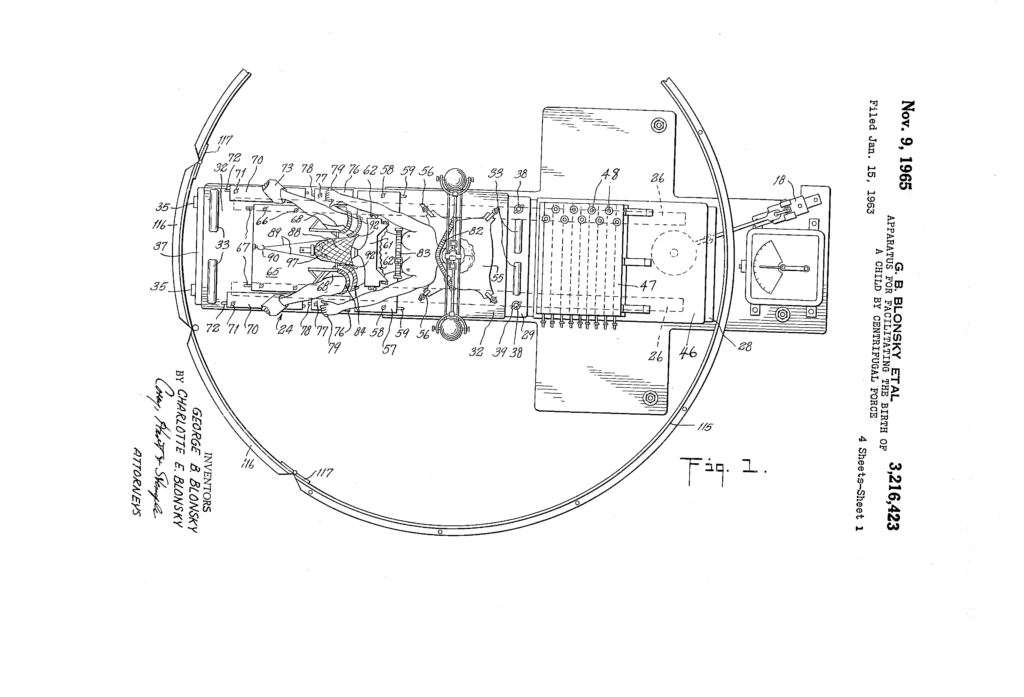
The Blonsky Birthing Centrifuge proposed spinning pregnant women at high speeds to use centrifugal force for faster deliveries—a horrifying medical misstep. George and Charlotte Blonsky patented this bizarre device in 1965, claiming their contraption could reduce labor from hours to a mere 5-10 minutes by applying physics to obstetrics.
Medical professionals immediately identified catastrophic flaws in the concept. The extreme forces posed unacceptable risks to both mother and child, and the design fundamentally misunderstood childbirth physiology. Not surprisingly, the device never advanced beyond patent drawings or underwent testing on actual patients.
The concept earned an Ig Nobel Prize in 1999 for improbable research, cementing its place as one of history’s most misguided medical inventions. Though never built, the centrifuge is a cautionary tale about applying mechanical solutions to complex biological processes.
1. LAWN DARTS (JARTS)

During backyard barbecues across 1970s America, families tossed half-pound metal spikes toward targets on the ground—until the injuries mounted. These oversized projectiles with 4-inch steel points were meant to be for outdoor games throughout the decade and early 1980s. Players would aim them at circular targets on the lawn, not unlike horseshoes but with lethal potential.
Reality struck tragically. The Consumer Product Safety Commission documented 6,100 lawn dart injuries between 1978 and 1988, many involving children’s heads and eyes. After several deaths, including a seven-year-old girl in California, grieving parents launched campaigns for a ban.
The CPSC finally prohibited the sale of lawn darts in the United States in 1988. The case became a landmark example of consumer protection regulation, showing how seemingly innocent products can be removed from the market when their dangers become undeniable. Beyond physical products, even digital content like video games has faced bans due to controversy and regulation.




























